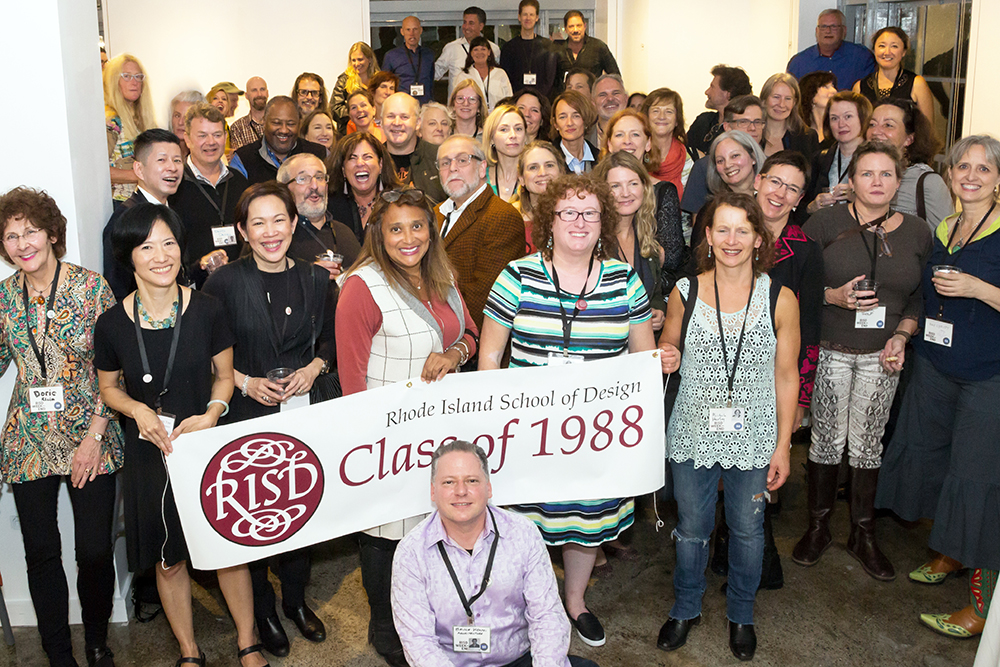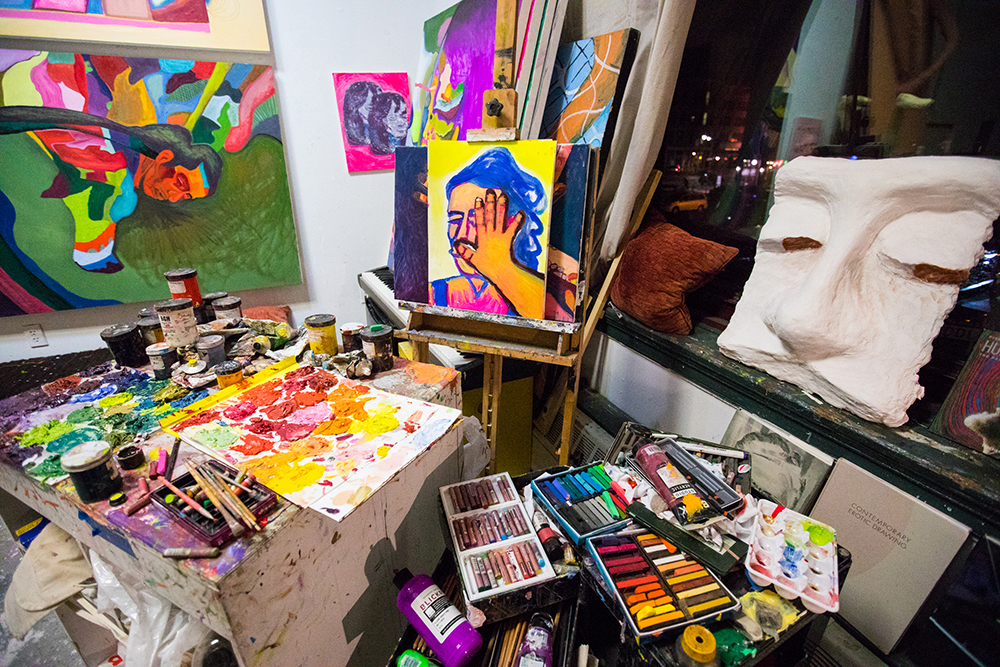"limina, lumina,,"
Limina, plural of ‘limen,’ a crossing of a limit—a threshold of a crossing. At least doubled: a multiplied borderlands, a multiple border….
A word from anatomy: lumina, (plural of ‘lumen’): “the central cavity of a tubular or other hollow structure in an organism or cell.” From the late-19th century: from Latin, literally ‘opening.’ Or, a word from physics, from Latin, ‘light.’ So a hollow, a light, or an opening. But not an absence—but maybe a pathway or passage. A connection between different parts or places (of a body). A medium: a movement between limits, between thresholds, between limina,
a word from psychology: limina, (plural of ‘limen’): “a threshold below which a stimulus is not perceived or is not distinguished from another.” From mid-17th century: from Latin, ‘threshold.’ A repeat horizon, a litmus test.[1]
.... Ranging between sculptural metalwork, terrestrial painting, frenetic drawing, resinous condensations (or plasticky indigestions), suspended (Thai) foods, nighttime photography, and clairvoyant durational (video and sound) work, the array of media supplies variable entryways to the paths of the exhibition (both within and beyond the scope addressed by this text—there’s always some light that escapes!). Folding onto themselves, many of the materials are reflective of their techniques and (conceptual) processes (and vice-versa): a sculptural painting with food that seems to present a suspended moment of digestion (a stuffed lumen, a full void, in-the-middle of being processed); little balls of steel-shot hotly sutured into pointillistic contours that never really decide whether they are made of points or lines; still-sticky pieces of tape tiling themselves into a trace of their double displayed on the ground; a photograph of (the San Gabriel River at) night (that is, light capturing the limits of what’s illuminated (and remember: a river is as in-between as the night, especially when in it (either one)); some landlike paintings hanging like a signpost at a crossroads; a yonic, cloven monolith that splits its visions between activity and an aftermath—an after/life; and works on paper that hold the imprints and traces of contact and crossings—papers that are the mediums as much as the marks made upon them, that are lifeforms as much as those who made them. Together, the works might demonstrate ways of presenting—not representing—interstitialities of limina and lumina without reducing them to any particular state, or any particular instance, of betweenness. They show limits becoming pathways, and viscera becoming husks. (And then they do it all again in the opposite direction, moving back-and-forth like a typewriter’s ribbon (like this limning text).)




